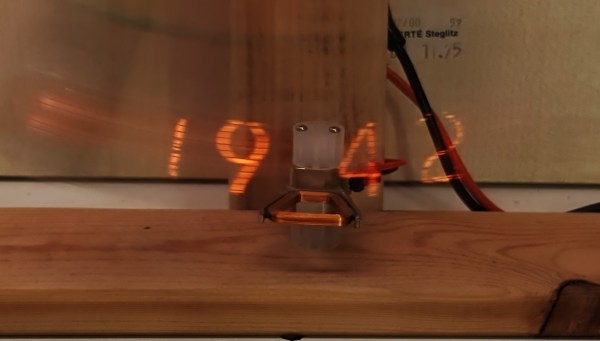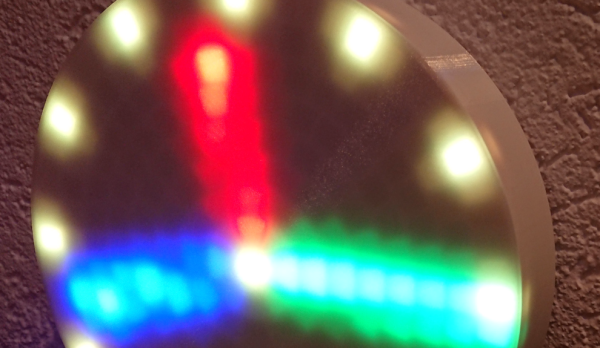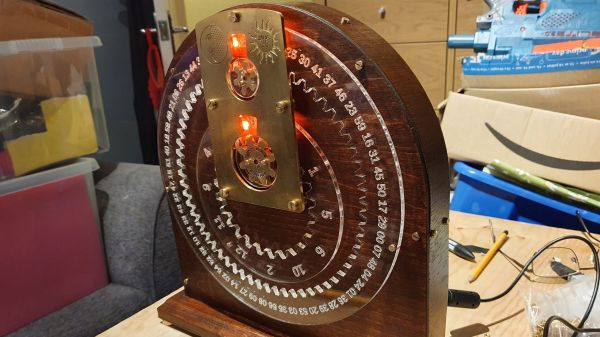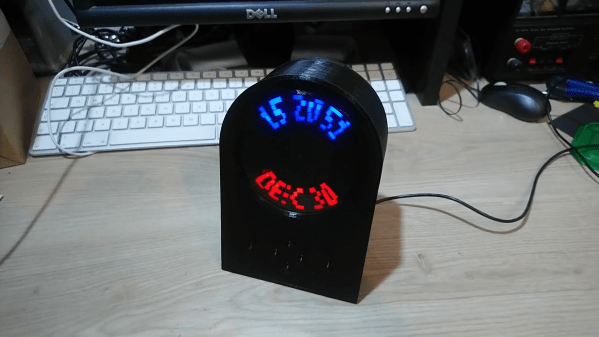Talk about your mixed timekeeping metaphors: there are clocks, and pendulum clocks, and there are Nixie clocks, and persistence of vision clocks. But this is a Nixie pendulum POV clock, and we think it’s pretty cool.
We first spied this on Twitter and were subsequently pleased to learn that [Jayzon Oeve] has posted a more detailed build log over on Hackaday.io. Rather than a moving array of dots to create the characters to display, this uses a single IN-12b Nixie tube at the end of a pendulum. The pendulum is kept moving by a small nudge created by a pulse through a fixed hard drive voice coil acting on a magnet affixed to the bottom of the pendulum — we’ve seen a similar approach used before.
Pretty much all of the electronics are mounted on the pendulum arm, including a Nano, an RTC, and an accelerometer to figure out where in the swing the bob is and when to flash a number on the display. There’s a video below that shows it at work both at full speed and in slow-motion; as always with POV clocks, these things probably look better in person than on video. And while swinging Nixies around like that seems a little dicey, we like the way this turned out.
Continue reading “This POV Clock Combines A Nixie With A Pendulum”


















